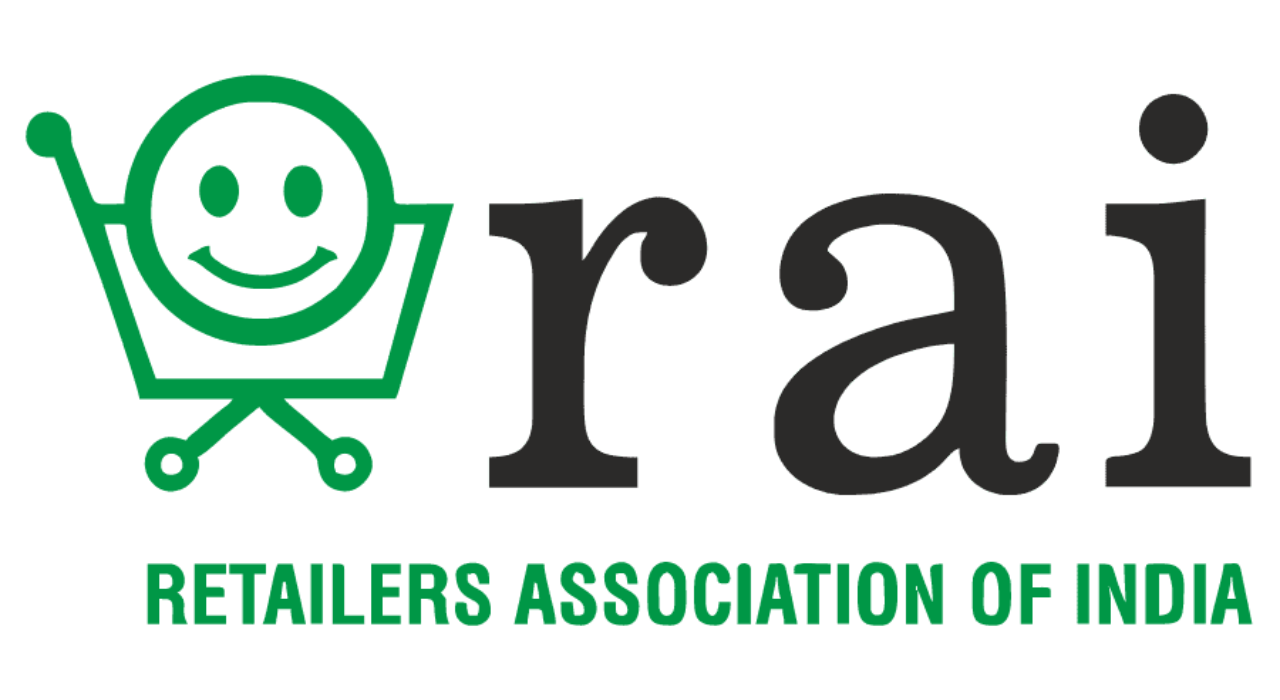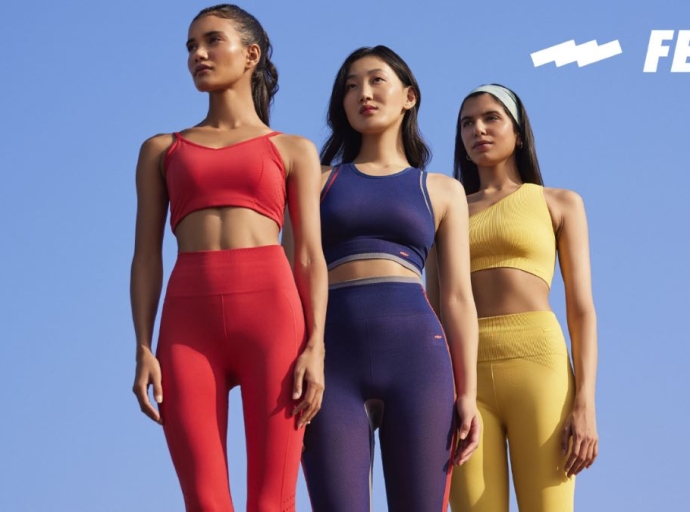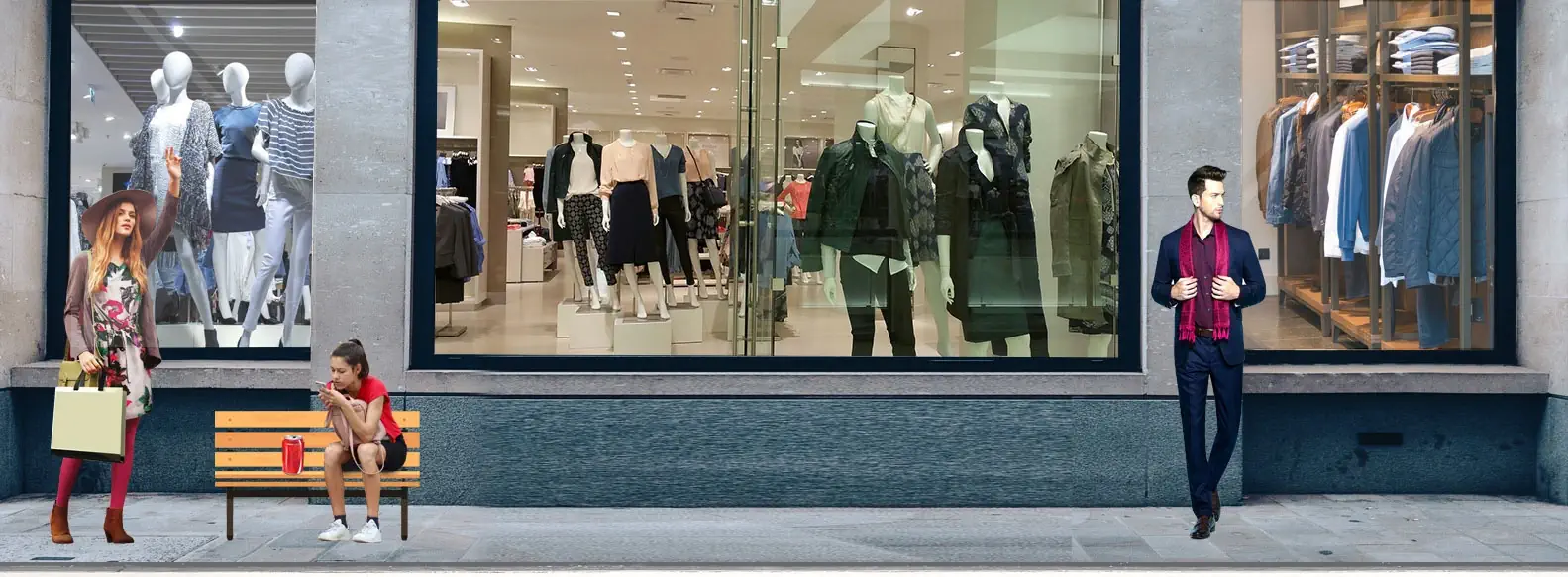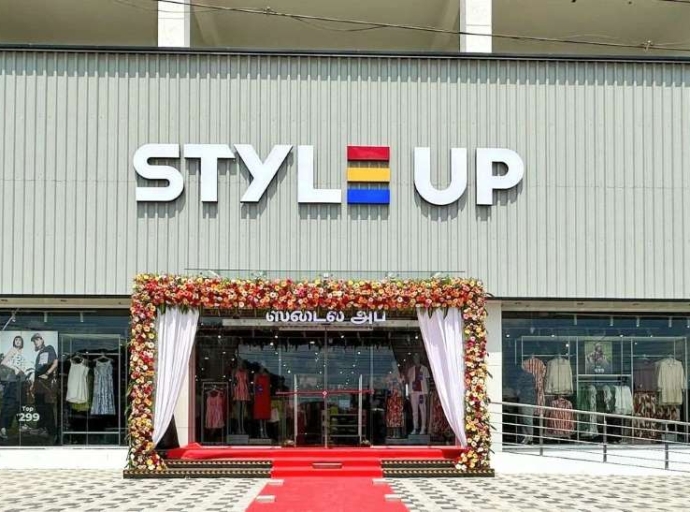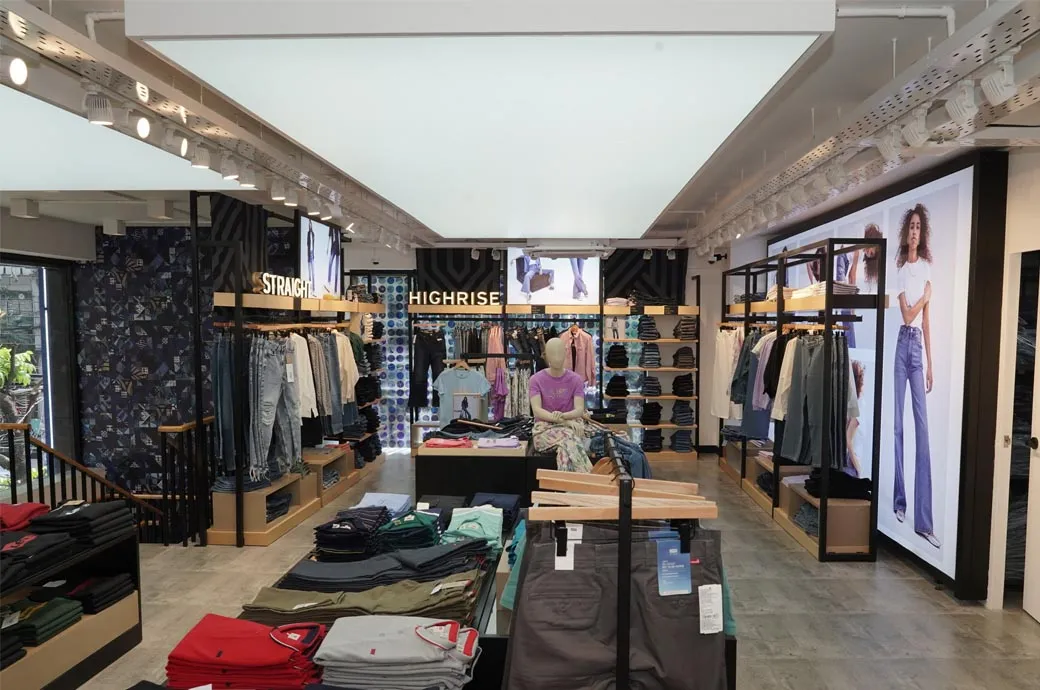India's retail sector is bouncing back! A survey by the Retailers Association of India (RAI) shows an 8 per cent sales increase in March 2024 compared to March 2023.
This suggests a recovering market, driven by increased spending on apparel and sporting goods. While jewelry sales dipped slightly due to rising gold prices, categories like consumer durables and IT are expected to pick up soon.
Sanguine about the near-term future
The upcoming 2024 elections are fueling optimism. Historically, elections boost economic activity, and the RAI anticipates a similar trend with higher spending across regions and categories, especially FMCG and consumer durables.
The retail-pie
Regionally, South India leads with a 9 per cent sales rise, followed by West (8 per cent), North (7 per cent), and East India (6 per cent).
In terms of products, sporting goods saw the highest growth (11 per cent), followed by apparel and beauty (10 per cent each).
Adding to the positive outlook, retail chains are resuming expansion plans across the country.

